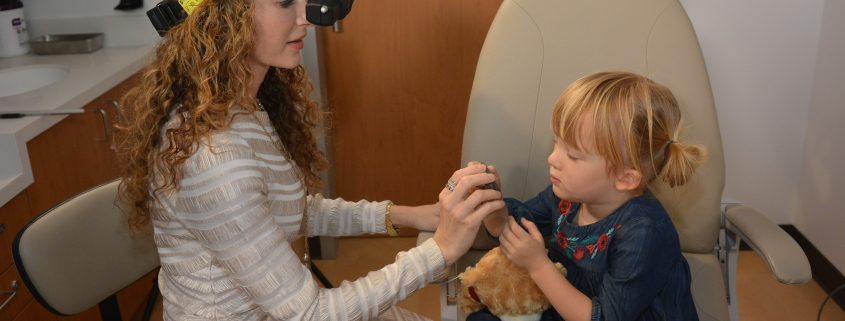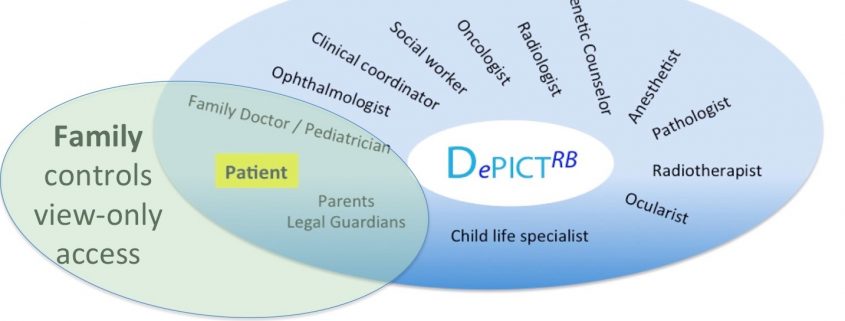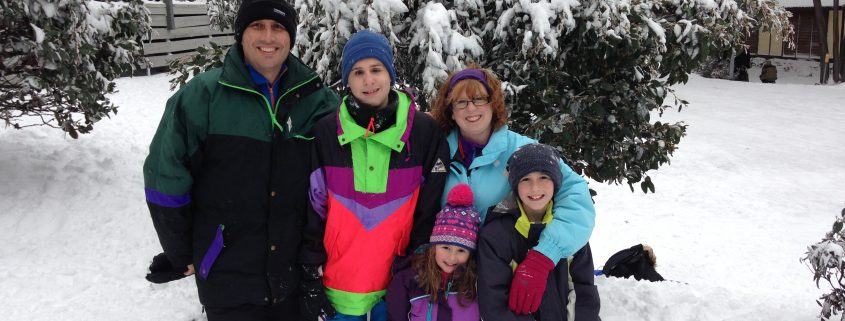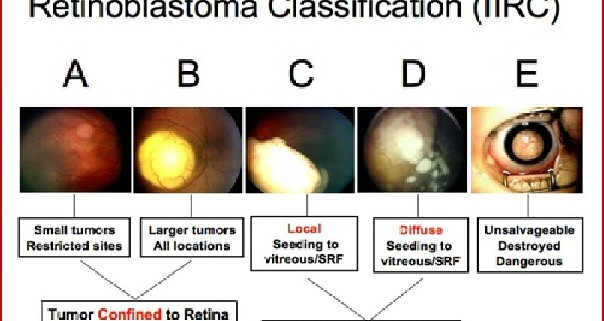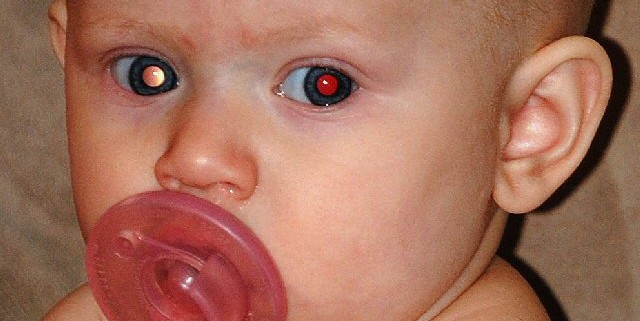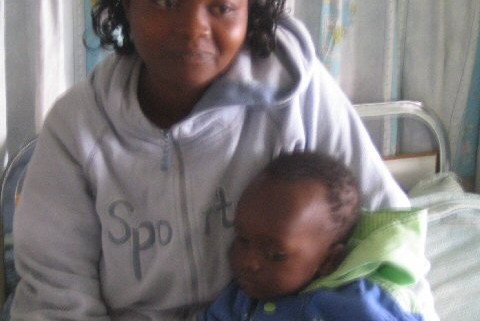The Informed Parent: 6 Tips for Staying Up to Date in a Social Media World
Google and social media play an increasingly significant role in the lives of families affected by retinoblastoma, but without careful use, they can complicate a child’s medical care and even put life at risk. Dr. Jesse Berry shares her recommendations for being a safely informed parent advocate in the modern hyper-connected age.

